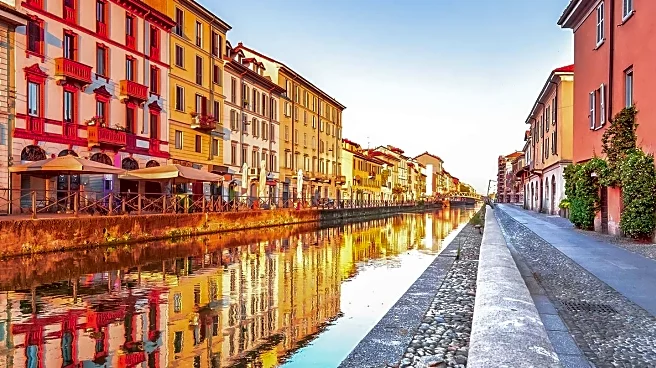What's Happening?
A study conducted in Milan has challenged the common perception of overtourism negatively impacting urban life. The research, which analyzed digital sources and surveyed residents, found that areas with high tourist presence often report high quality of life. The study highlights that tourism can coexist positively with urban livability, as seen in neighborhoods like Barona and Navigli, which benefit from cultural vitality and green spaces. The findings suggest that tourism does not automatically degrade urban quality of life, and in some cases, it enhances it.
Why It's Important?
The study's findings have significant implications for urban planning and tourism management. By debunking the overtourism myth, the research suggests that tourism can be integrated into urban environments without compromising resident satisfaction. This challenges policymakers to rethink strategies for managing tourism flows and urban development. The study provides a replicable model for other cities facing similar concerns, offering insights into balancing tourism with urban livability.
Beyond the Headlines
The study encourages a reevaluation of the relationship between tourism and urban quality of life. It highlights the importance of considering residents' perceptions and integrating data-driven insights into urban planning. The findings suggest that tourism can be a positive force in urban environments, contributing to cultural vitality and economic dynamism. This perspective challenges the dominant narrative of tourism as a burden, offering a more nuanced understanding of its impact on cities.












